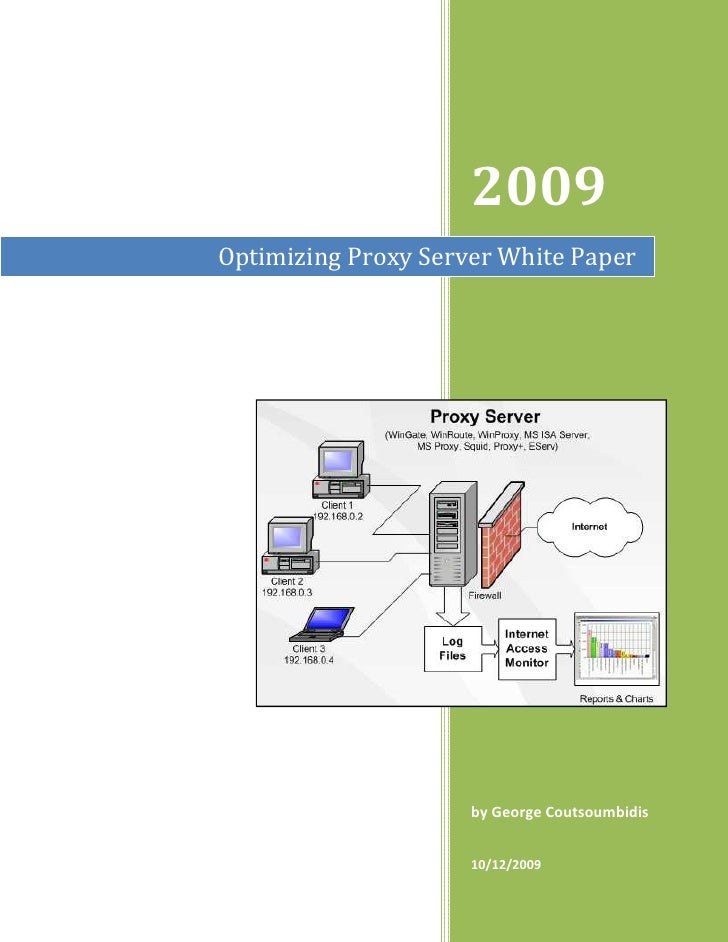Optimizing MikroTik Proxy Server For Effective Content Delivery
In today’s increasingly digital world, the internet has become an integral part of our lives. Whether at home or at work, we rely on the internet to communicate, research, shop and access information. However, as more people use the internet, businesses and organizations face mounting pressure to ensure that the experience is fast, reliable and uninterrupted. This is where proxy servers come in to optimize server performance, ensure security, and improve internet speeds.

What is a Proxy Server?
A proxy server is a computer or application that sits between a client device and the internet, forwarding client requests and managing server responses. When a user requests a website, file or any other resource from the internet, the request is sent to the proxy server instead of the source server. The proxy server then checks its cache- a local storage of downloaded resources- to see if it has a copy of the requested resource. If a copy exists in the cache, the proxy server sends the cached version to the user, and if not, it forwards the request to the source server and stores a copy of the response in its cache for future use.
How does a Proxy Server work?
Proxy servers operate as intermediaries, acting as an interface between a client device and the internet. When a client device sends a request to access a website or any other resource, it is first intercepted by the proxy server. The proxy server then evaluates the request and determines whether it can serve the request from its cache or if it needs to forward the request to the source server.
If the proxy server has the requested resource stored in its cache memory, it instantly serves the request to the client device from its cache, without the need to send a request to the internet. This process of serving cached requests is called caching, and significantly speeds up website loading times and reduces server load.
Why do Companies Need Proxy Servers?
Companies and organizations use proxy servers for various reasons, including improving internet speeds, enhancing online security, and controlling internet access and usage.
Improve Internet Speeds:
By caching frequently accessed resources in their cache memory, proxy servers can significantly speed up website loading times and reduce server load. This is especially useful for large organizations with many employees accessing the internet throughout the day, as it helps to ease the burden on the primary server and ensures that web pages load quickly.
Enhance Online Security:
Proxy servers can act as a protective barrier between a company’s internal network and the internet, enforcing security policies, and blocking malicious websites and content. This is important for companies that deal with sensitive information, as it helps to prevent unauthorized access and data breaches.
Control internet access and usage:
Companies can use proxy servers to control internet usage by enforcing internet access policies, restricting access to certain websites, and monitoring online activity. This helps companies to increase productivity, reduce bandwidth usage and ensure compliance with company internet usage policies.
Optimizing Proxy Server Performance
Proxy servers are essential for optimizing server performance and ensuring a smooth and fast internet experience. However, with the increasing number of users accessing the internet, proxy servers can become overloaded, leading to slower browsing speeds and increased server loads. This section explores several tips for optimizing proxy server performance and ensuring that they operate at maximum efficiency.
Maintain Efficient Cache Management
Caching is an essential feature of proxy servers that significantly speeds up website loading times by serving frequently accessed resources from the local cache memory instead of sending a request to the source server. However, over time, cache memory can become cluttered with outdated resources, reducing the caching efficiency of the proxy server. To maintain efficient cache management, administrators should set cache policies to match the usage patterns of users, increase cache size and regularly clear out old content from the cache memory.
Update and Upgrade Proxy Server Hardware and Software
Proxy servers require regular updates and hardware upgrades to ensure that they run at peak efficiency and can handle increased user loads. Software upgrades can include patch updates, security updates, and software feature updates, while hardware upgrades may include hard drive space, RAM, CPU upgrades, and overall server capacity.
Monitor Resource Utilization and Network Traffic
Proxy servers can become quickly overloaded when too many users try to access the internet simultaneously. To prevent overload, administrators should regularly monitor resource utilization and network traffic to identify potential bottlenecks and bandwidth issues. This allows fast detection and remediation of performance issues before they cause significant disruptions to user experience.
Implement Load Balancing
Load balancing is a technique that helps to distribute network traffic evenly across multiple proxy servers, reducing the burden on a single server and optimizing server performance. Load balancing helps to ensure that users do not experience slow browsing speeds or connection timeouts during periods of high user demand.
Limit Bandwidth Usage
Proxy servers can become overloaded when too many users try to access bandwidth-intensive resources simultaneously. To manage bandwidth usage, administrators should enforce policies that limit the use of bandwidth-intensive applications and restrict access to streaming services like Netflix and YouTube, which can consume significant amounts of bandwidth.
Conclusion
Proxy servers are essential for optimizing server performance, improving online security, and ensuring reliable and fast internet browsing experiences. By using best practices such as efficient cache management, hardware and software upgrades, load balancing, bandwidth management, and network traffic monitoring, administrators can optimize the performance of their proxy servers and ensure that they operate at maximum efficiency.




Post a Comment for "Optimizing MikroTik Proxy Server For Effective Content Delivery"